
2021 is FINALLY here and so are these Cybersecurity Trends!
2020 was a uniquely challenging year in many, many ways but it presented us with some exciting and enticing opportunities to explore emerging technologies. Cloud computing, Artificial Intelligence (AI), automation, and the Internet of Things (IoT) are creating unprecedented opportunities for businesses to unlock new value. Along with that comes greater employment opportunity, as well. Provided you have the right training.
These technologies also increase the cyberthreat that organizations must navigate. Navigating the coronavirus pandemic was the biggest challenge for global security organizations in 2020. This creates a great opportunity for skilled security professionals to help with ongoing cybersecurity challenges.
As we head into 2021 here are some cybersecurity trends to be ready for:
Cloud Threats
As we continue to navigate through the pandemic, remote work and online collaboration drive the need for cloud services to ensure business continuity. What does this mean for cybersecurity? Cloud-based security threats will continue to disrupt business. So, it’s important to have a rigorous access policy and a set of authentication and identity verification tools.
Some cloud threats:
- Misconfigured Cloud Storage
- Reduced Visibility and Control
- Incomplete Data Deletion
- Vulnerable Cloud-Apps
- Access Management
- Data Breaches and Data Leaks
- Insecure APIs

Top Cloud & Cloud Security Certifications:
- Amazon Web Services (AWS) Certified Solutions Architect – Associate
- Amazon Web Services (AWS) Certified Security Specialty
- Amazon Web Services (AWS) Certified Cloud Practitioner
- Amazon Web Services (AWS) Certified Solutions Architect – Profesional
- Certified Cloud Security Professional (CCSP)
- CompTIA Cloud+
- Microsoft Azure Architect Technologies AZ-300
- Microsoft Azure Fundamentals AZ-900
- Certified Information System Security Professional (CISSP)

AI Integration
Cyberattacks are continuing to grow and Artificial Intelligence (AI) can help under-resourced security teams with threat intelligence. The growing complexity of networks is beyond what human beings are capable of handling on their own and the use of AI can help with this.
Some AI Integration:
- Analyzing Massive Quantities of Risk Data
- Analyzing Unstructured and Structured Resources
- Provides Threat Intelligence
- Reduces the Response Time
- Helps the Security Team make Critical Decision and respond to Remediate the Threat
- Creating more accurate, biometric-based login techniques
- Malware Detection

Top Artificial Intelligence Certifications:
- Artificial Intelligence & Machine Learning Training
- UiPath Robotic Process Automation Associate Training
- UiPath Advanced Robotic Process Automation Developer Training
- Splunk Core Certified User
- Splunk Core Certified Power User
- Microsoft Windows Automation with Red Hat Ansible (DO417)
- CompTIA Linux+
Extended Detection and Response (XDR)
Extended Detection and Response (XDR) allows a company to go beyond typical detective controls by providing a holistic and simpler view of threats across the entire technology landscape. XDR is designed to provide a security team with full visibility into all of the organizations’ endpoints and network infrastructure. Threats can then be analyzed, prioritized, hunted, and remediated to prevent data loss and security breaches.
XDR Advantages:
- Automatically Collect Data from Multiple Endpoints
- Correlate Data to Facilitate Faster Threat Detection and Incident Response
- Navigate Support for Behavioral Analysis of Users and Technology Assets
- Reduces the need to Chase False Positives by correlating and confirming alerts Automatically
- Integrating Relevant Data for Faster, more accurate incident triage

Top Cybersecurity Certifications for XDR:
- Information Technology Infrastructure Library – ITIL Foundation
- Certified Information Systems Security Professionals (CISSP)
- Certified Ethical Hacker (CEH)
- Certified Information Security Manager (CISM)
- CompTIA Security+
- Certified Information Security Auditor (CISA)

Security Process Automation
Security automation is the use of technology that performs tasks with a reduced human assistance in order to integrate security processes, applications, and infrastructure.
Security Automation Benefits:
- Automates Baes on Pre-Established Rules and Procedures
- Makes Data Collection Faster and More Efficient
- Brings AI and ML technologies together
- Eliminating tedious, time-consuming non-cognitive tasks to free up IT security experts so they can focus on higher-priority responsibilities and tasks.
Examples of Process Automation:
- Robotic process automation (RPA)
- Security orchestration automation and response (SOAR) and security incident and event management (SIEM)
- Public key infrastructure (PKI) certificate and key management
- Custom software development

Top Cybersecurity Certifications for Security Process Automation:
- Information Technology Infrastructure Library – ITIL Foundation
- Certified Information Systems Security Professionals (CISSP)
- Certified Ethical Hacker (CEH)
- Certified Information Security Manager (CISM)
- CompTIA Security+
- Certified Information Security Auditor (CISA)
Rise of Enterprise-level Chief Security Officers (CSOs)
Chief security officers (CSOs) are executives who are responsible for all aspects of their organization’s security. CSOs protect data, assets, and employees by establishing companywide security protocols. These guidelines give a detailed framework for how the business will respond to events ranging from data hacks to facility breaches, including crisis coordination and communication plans.
Chief Security Officer Duties:
- Physical security
- IT security
- OT security
- Product management security
- Supply chain security into a centralized governance model
- Have open channels of communication and support across various departments
- Ensure compliance and government security regulations

Top CSO Certifications:
- CompTIA Cyber Security Analyst (CySA+)
- CompTIA Advanced Security Practitioner CASP+
- Certified Information Systems Security Professionals (CISSP)
- Certified Ethical Hacker (CEH)
- Certified Information Security Manager (CISM)
- CompTIA Security+
- Certified Information Security Auditor (CISA)

Secure Access Service Edge (SASE)
Secure access service edge (SASE) is a network architecture that combines VPN and SD-WAN capabilities with cloud-native security functions such as secure web gateways, cloud access security brokers, firewalls, and zero-trust network access. Strategically planning and deploying a secure access service edge (SASE) architecture is now center stage after the global pandemic forced organizations to try and manage two to three times the number of remote workers.
Benefits of SASE:
- Reduce costs and complexity
- Provide centralized orchestration and real-time application optimization
- Help secure seamless access for users
- Enable more secure remote and mobile access
- Restrict access based on user, device, and application identity
- Improve security by applying a consistent policy
- Increase network and security staff effectiveness with centralized management

Top SASE Certifications:
- Amazon Web Services (AWS) Certified Solutions Architect – Associate
- Amazon Web Services (AWS) Certified Security Specialty
- Amazon Web Services (AWS) Certified Cloud Practitioner
- Amazon Web Services (AWS) Certified Solutions Architect – Profesional
- Certified Cloud Security Professional (CCSP)
- CompTIA Cloud+
- Microsoft Azure Architect Technologies AZ-300
- Microsoft Azure Fundamentals AZ-900
- Certified Information System Security Professional (CISSP)
- Cisco Certified CyberOps Associate
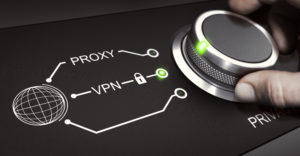
Zero-Trust Network Access (ZTNA)
Zero Trust Network Access (ZTNA) is a category of technologies that provides secure remote access to applications and services based on defined access control policies.
Benefits of ZTNA:
- Like a traditional VPN, any ZTNA connection offers encryption to provide confidentiality. But unlike VPN, ZTNA boasts significant upgrades in agility, policy management, user experience, and adaptability.
- ZTNA is a solution that contributes to digital transformation projects, driven by cloud-based applications and employees working remotely.
- Improved UX (user experience)
- Improved content access granularity
- More centralized policy management that leverages both network and application access control as well as user access control with MFA
- Visibility into what applications are being used, including previously undiscovered programs and the ability to provide access to specific applications by role or by user
- Reduced risk of distributed denial of service (DDoS) attacks by not exposing the applications to the public internet

Top ZTNA Cybersecurity Certifications:
- Amazon Web Services (AWS) Certified Solutions Architect – Associate
- Amazon Web Services (AWS) Certified Security Specialty
- Amazon Web Services (AWS) Certified Cloud Practitioner
- Amazon Web Services (AWS) Certified Solutions Architect – Profesional
- Certified Cloud Security Professional (CCSP)
- CompTIA Cloud+
- Microsoft Azure Architect Technologies AZ-300
- Microsoft Azure Fundamentals AZ-900
- Certified Information System Security Professional (CISSP)
- Cisco Certified CyberOps Associate
Cybersecurity threats are dynamic and omnipresent. More than 23,000 new pieces of malware are created every hour alone. To be agile, nimble, and meet the relentlessness of new threats, organizations need individuals like you with advanced, highly-specialized training to proactively identify, detect, and mitigate security threats.
Not sure where to get started?

—









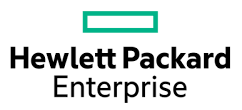







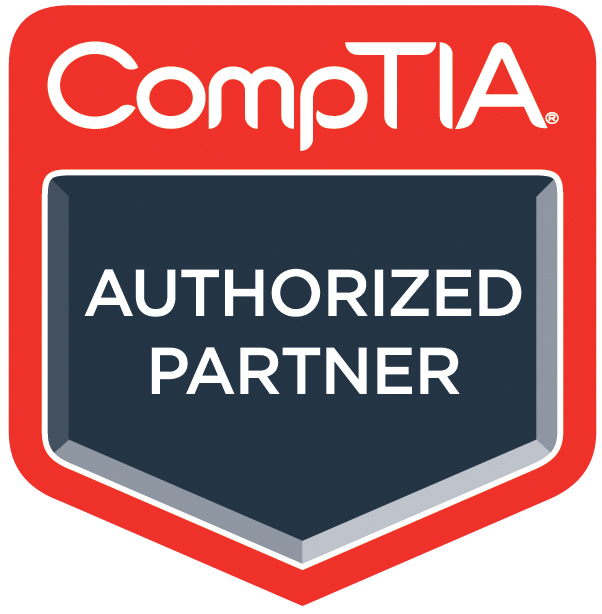








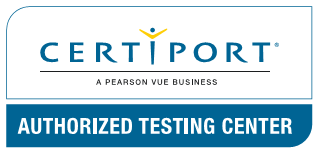



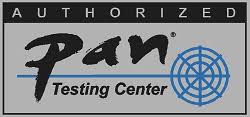
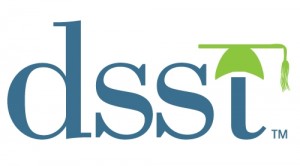
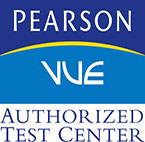
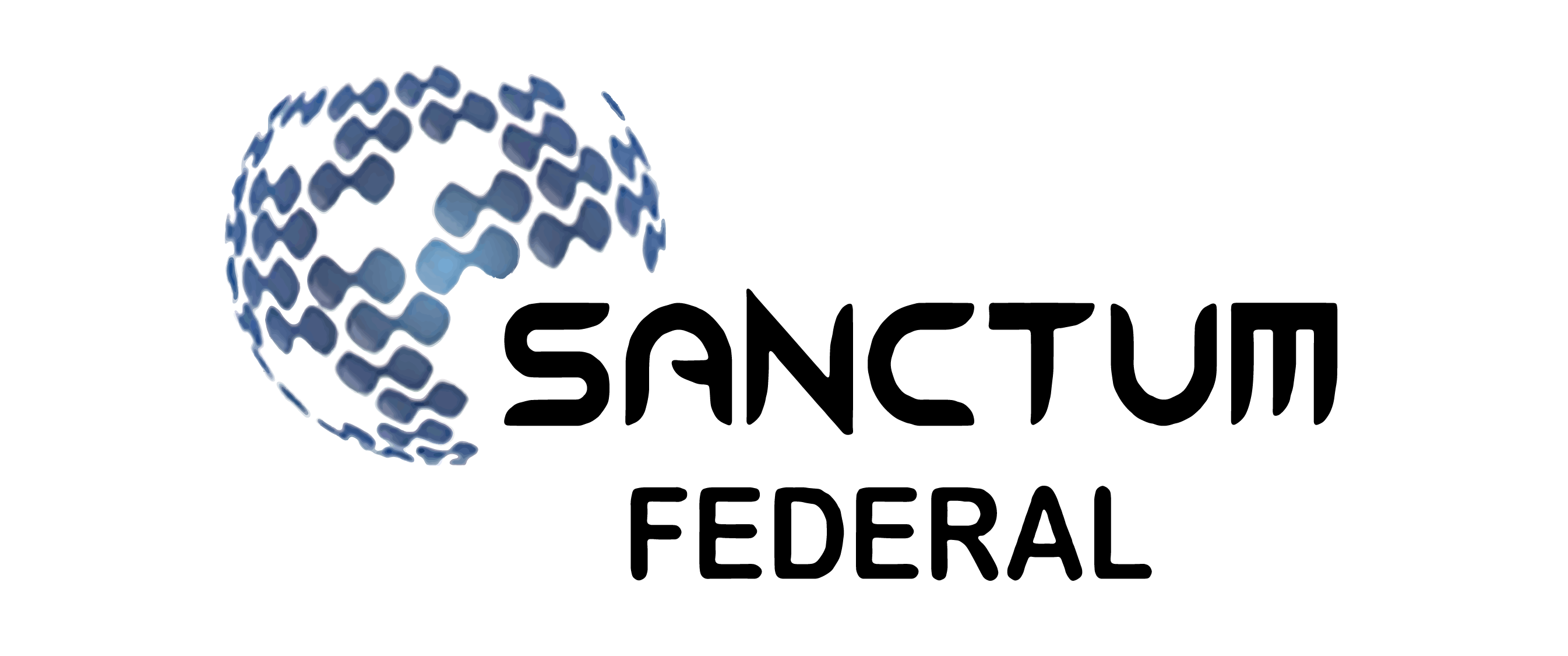

Leave a Reply
You must be logged in to post a comment.